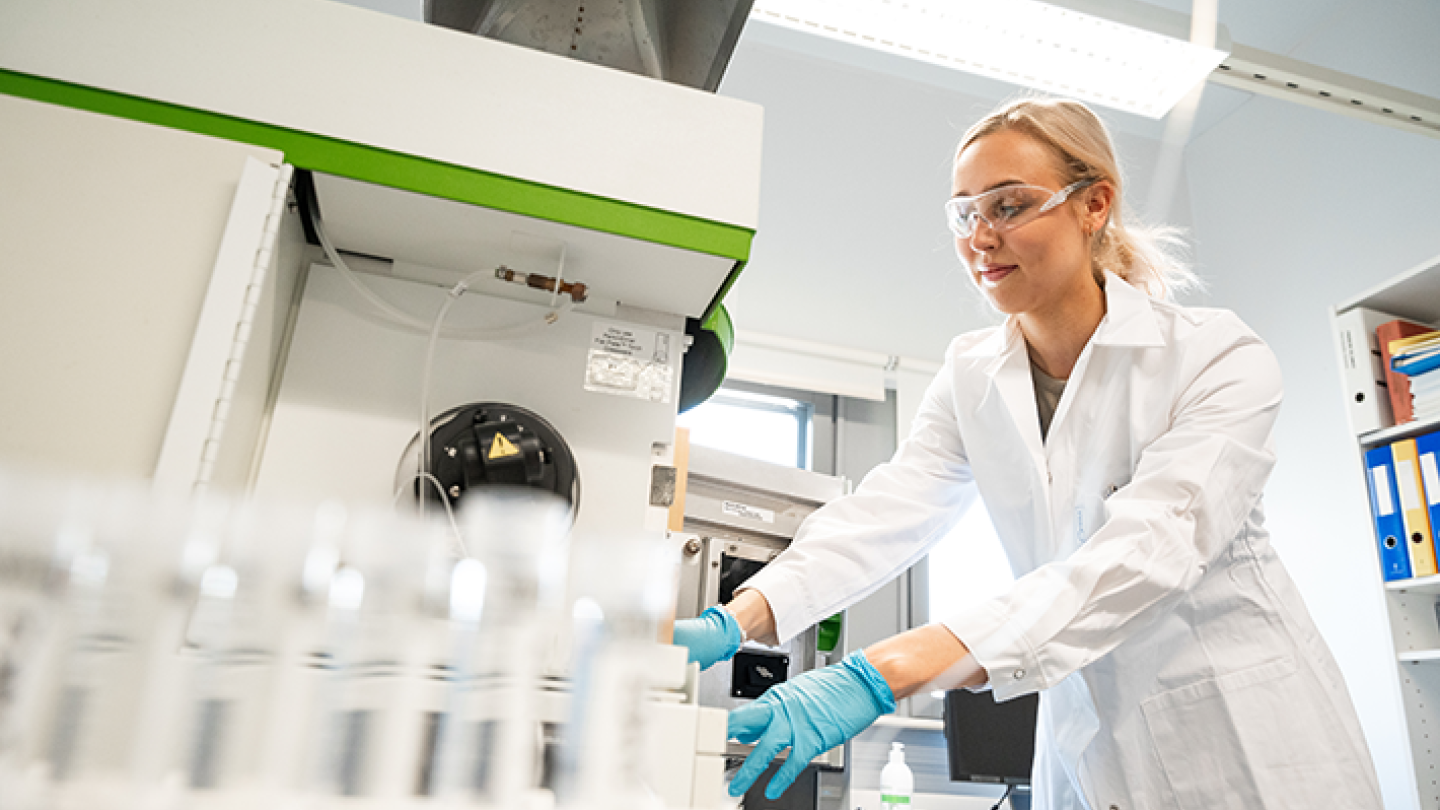Circular economy ensures availability of critical metals – Researchers' video explains how waste is turned into next-generation materials

Rare earth metals are critical raw materials. Their demand is growing rapidly due to the global transition to green energy and digitalization. They are used in magnets for electric cars and wind turbines and many other technical devices, from screens to lighting. However, metals are non-renewable natural resources and cannot be mined endlessly.
Professor Ari Väisänen and Assistant Professor Jani Moilanen from the University of Jyväskylä and Professor Mika Lastusaari from the University of Turku worked together on a three-year research project "From waste to next-generation molecular materials". The project investigated the recycling of rare earth metals from industrial waste and side streams using both 3D filter technology and compounds that can be used in the recovery process as well as in the upcycling of new materials.
- Of special interest were the luminescent properties of the recovered metal compounds, which can be used in optical sensors to measure temperature and pressure, says Assistant Professor Jani Moilanen from the University of Jyväskylä.
Combining technology and social impact
The most important results of the project were the methods developed at the University of Jyväskylä for recovering rare earth metals from permanent magnet and fluorescent lamp waste. The first led to a patent application. The University of Turku studied the luminescent properties of recovered metal compounds and developed a method for measuring them under pressure.
- In addition on scientific purposes, the project participated in social discussions at the national and international level. The aim of the project was to highlight the importance of securing and recycling critical raw materials for the economies of Finland and the European Union. The project brought together resource efficiency, the circular economy, smart recovery technologies, new innovative materials, and social impact, explains professori Ari Väisänen from the University of Jyväskylä.
Now in the released video, researchers explain the project and its results. The project was funded by the Technology Industries of Finland Centennial Foundation and the Jane and Aatos Erkko Foundation.
Further information:
-
Professor Ari Väisänen, ari.o.vaisanen@jyu.fi, +358408053719
-
Assistant Professor Jani Moilanen, jani.o.moilanen@jyu.fi, +358408054849
-
Professor Mika Lastusaari, miklas@utu.fi








